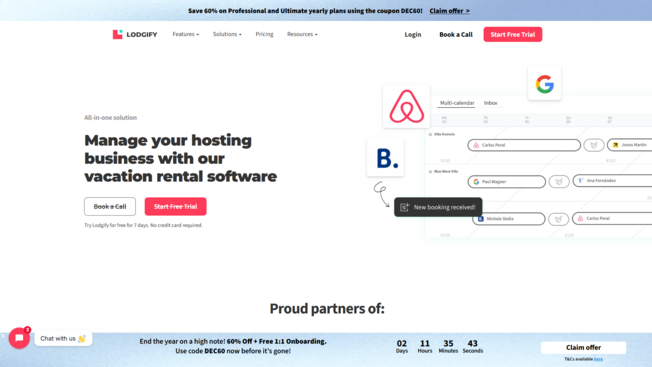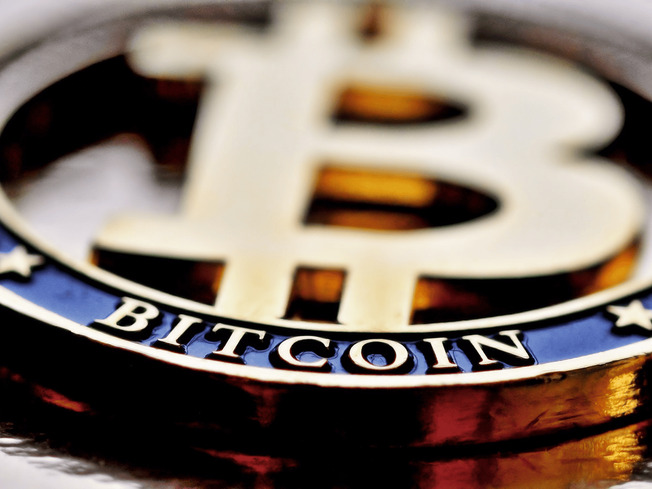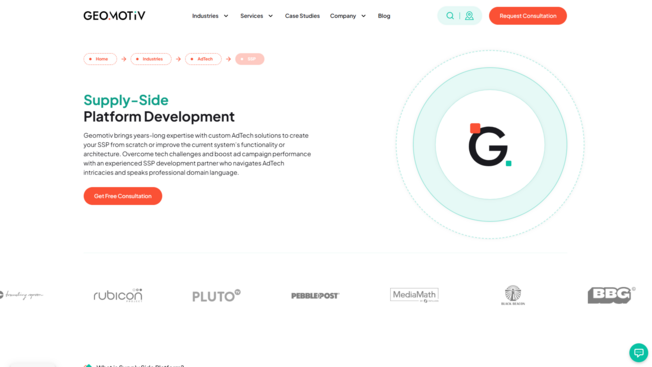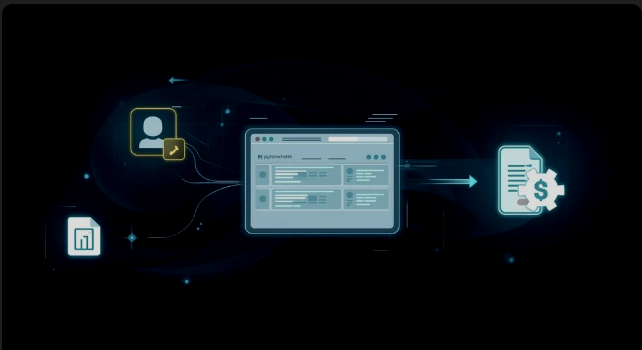
The eyes of Lillian Muñoz, the principal of a school in the town of Talhuan in rural Chile, carefully followed the explanation given by Professor Fox. She was amazed by his experience mobilizing students to address the issue of water quality in New York City through a project-based learning initiative. Inspired, she decided to replicate Mr. Fox’s experience in the form of a challenge in her own school: How to get rid of the dumpster next to their school building? And more importantly, how was she to motivate students to come up with innovative solutions to the problem that incorporated knowledge from all of their subjects?
4 months later, the entire school community in Talhuan was involved in the challenge. Waste material had started to slowly disappear from the surroundings, being reused and transformed into garden pots, compost for the new greenhouse, a new trash collection system and overall, into learning and knowledge. Stories like these are the ones that are collected in the book “Red-Lab Sur, innovaciones escolares que conectan” (available only in Spanish), published by the Center for Innovation in Education of Fundación Chile, which summarizes the experience of a school-based innovation model centered on school communities and their empathy toward their own needs and challenges.
The model works as follows: after school representatives become familiar with innovation trends in education through presentations from Chilean and American experts, their schools are encouraged to adapt these methods to their own contexts. The schools’ experiences are logged periodically into an online platform in the form of reflections, allowing participants to think carefully about their own process of innovation. Based on the insights obtained from this platform, six schools are selected as case studies; a panel of experts then visits them and carries out interviews with students, teachers, and principals to learn more about why and how they innovate.
So, what does this tell us about how schools in vulnerable contexts implement changes in their regular practices? The experience of schools that implemented the Red Lab-Sur model tells us that innovative schools do all of the following:
- They reflect: Schools identify, as a community, the changes needed to allow innovation and improvement.
- They are aware of their context: Schools recognize the reality in which their students and teachers live in order to find solutions that are realistic and plausible.
- They face their fears: Innovating comes with uncertainty about the outcomes. This is normal, yet it should not to stop anyone from being persistent and keeping their minds set on the end goal.
- They set flexible timelines: Improving education requires the ability to be flexible and to set enough time to plan, reflect, act and then reflect again on the process of improvement.
- They involve their communities: Innovative schools find support in their principals and administrator, in their community members and everyone around them to allow innovation efforts to thrive. 6.** They create and share**: They have trust in their teams and promote cooperation, ensuring success and sustainability for the learning experience.
Lessons learnt through the Red-Lab Sur model provide critical knowledge about school-based innovations, a subject that remains largely unexplored. Opening spaces for conversations about innovation is key to tap on the potential of schools to contribute to the development of more relevant and pertinent education policies, ones capable of motivating students, parents, teachers and principals to design creative, innovative and tangible solutions but, above all, to improve and work continuously to provide quality education in their communities.

















Leave a Reply